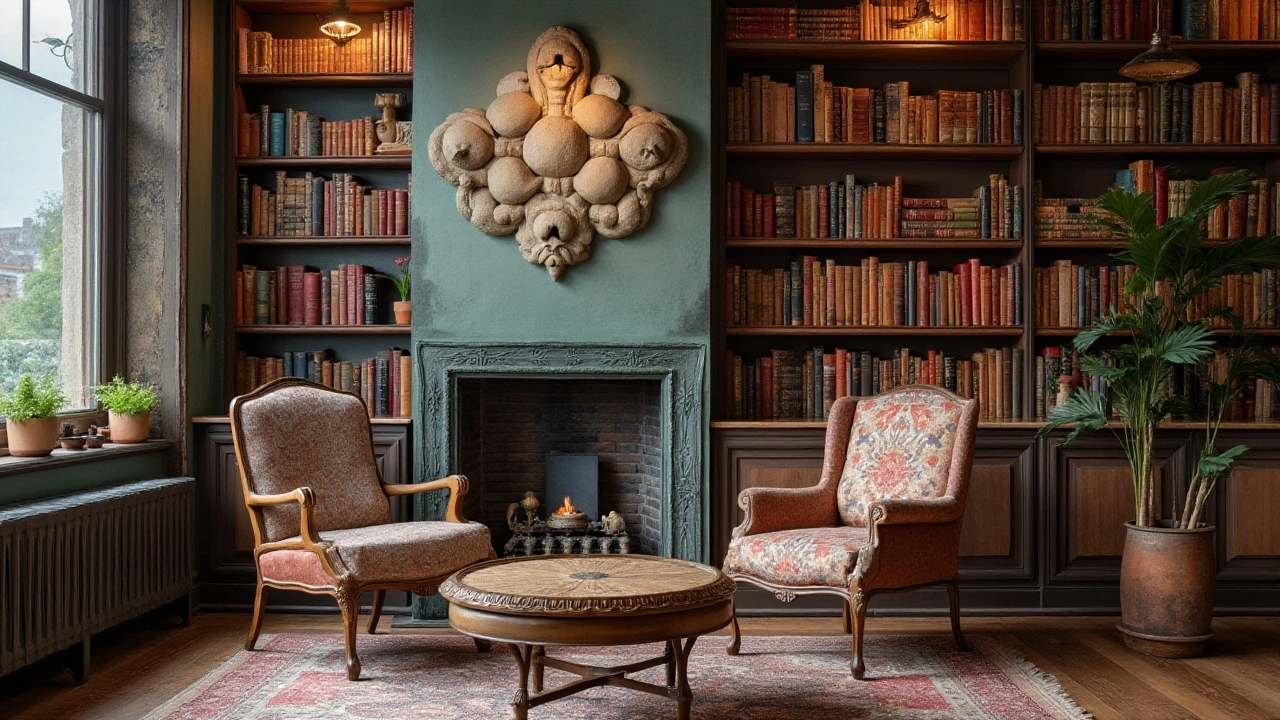Bookcase Market: What’s Hot and How to Choose the Right One
If you’re scrolling through furniture sites wondering why bookcases look so different this year, you’re not alone. The market has shifted from plain shelves to statement pieces that blend storage with style. Knowing the trends helps you pick a unit that fits your home and your budget without guessing.
Top Styles Shaping the Bookcase Market
First up, ladder bookcases. Their slim profile and open back make them perfect for tight corners, and the slanted shelves add a modern vibe. Next, floating shelves are still big – they free up floor space and let you create a gallery‑like display. Built‑in wall units are gaining ground in larger homes because they look seamless and can be customized with doors, cabinets, or lighting.
Materials matter too. Solid oak and walnut remain classics for a warm, durable look, while reclaimed wood appeals to eco‑conscious shoppers who want a story behind each grain. Metal frames, especially black or brushed brass, give an industrial edge and pair well with glass or acrylic shelves for a lighter feel.
Smart Placement and Buying Tips
Where you put a bookcase can change the whole room. In a living room, a tall vertical unit can act as a room divider and showcase art alongside books. In a bedroom, a low, wide bookcase works as a nightstand alternative, giving you extra surface for a lamp and a few novels. If space is scarce, go for a narrow ladder shelf or a stackable cube system that you can reconfigure later.
When you shop, set a price range first. Budget options under £150 usually use particleboard with laminate finishes – they look decent but may not hold heavy tomes for long. Mid‑range pieces (£150‑£500) often feature solid wood or higher‑grade plywood, offering better durability and a richer finish. Premium models above £500 typically include custom dimensions, softer‑close doors, or integrated lighting.
Don’t forget sustainability. Look for certifications like FSC for wood or ask if the supplier uses reclaimed or locally sourced materials. Buying a second‑hand bookcase from a local charity shop can also score you a unique piece while reducing waste.Before you decide, measure the wall space twice and consider the height of your ceiling. A unit that tops out too high can make a room feel cramped, while a too‑short shelf might look out of proportion. Leave at least a few inches of clearance for LED strip lights if you plan to add them later.
Finally, think about assembly. Flat‑pack kits save money but require a bit of DIY confidence. Fully assembled or pre‑built options cost more but arrive ready to place. If you have a handy friend, a flat‑pack can be a fun project; otherwise, ask the retailer about delivery and setup services.
With these trends, styles, and practical tips in mind, you can navigate the bookcase market confidently. Whether you’re after a sleek floating unit, a rustic reclaimed shelf, or a budget‑friendly ladder, there’s a perfect fit waiting for your space.
Top Competitors Challenging Ikea in the Bookcase Market
In the dynamic world of home furnishings, Ikea, known for its affordable and modern designs, faces fierce competition in the bookcase market. While Ikea remains a household name, other brands are innovating with unique materials, bespoke designs, and sustainability-focused products. This article explores leading competitors that challenge Ikea's dominance. In doing so, it sheds light on various features and trends that are shaping the future of bookcase furniture.
More
